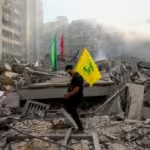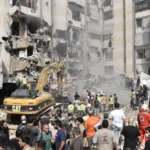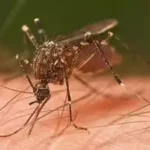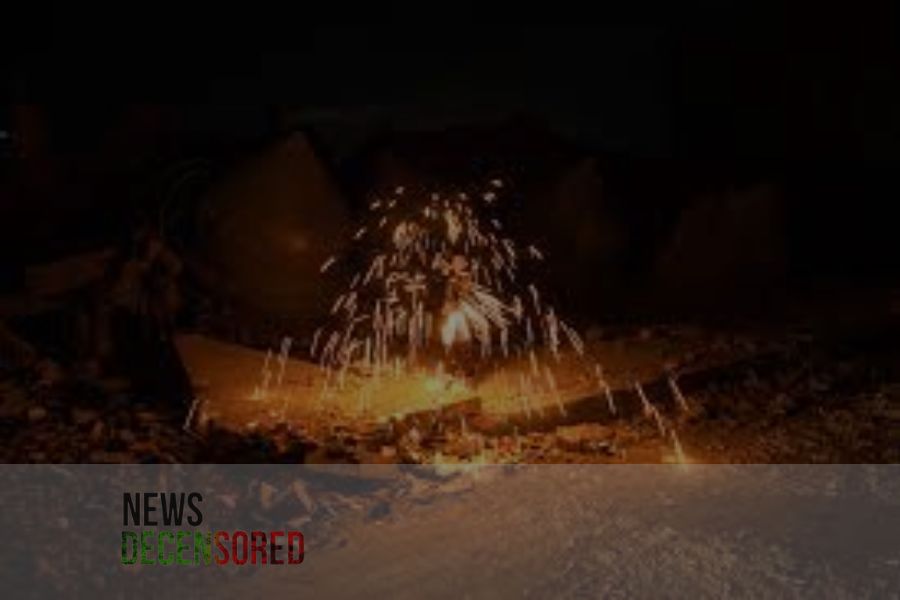In conjunction with the start of the month of Ramadan, the people of The Gaza Strip are living in exceptional circumstances in light of the ongoing war on the Strip for more than five months.
The conditions of the people of the Gaza Strip are becoming more complicated with the displacement of 1.7 million people, according to UNRWA figures, constituting 75% of the total population of 2.3 million, and all of them live in “horrific” conditions, according to what the United Nations Coordinator for Humanitarian Affairs in the Occupied Palestinian Territory, Jamie McGoldrick, described. Who
said that hunger has reached catastrophic levels, especially in northern Gaza.
During the month of February, only six United Nations humanitarian missions entered the areas of northern Gaza out of 24 missions scheduled to deliver aid to areas in the northern Gaza Valley, according to the monthly report issued by the United Nations Office for Humanitarian Affairs, making the nutrition crisis worsen, until the sixth of February. This month, the death toll from malnutrition and
dehydration in northern Gaza reached 20, according to the Gaza Ministry of Health.
A barrage of fire, bombing and hunger on the first day of Ramadan in the Gaza Strip.
Despite repeated calls to stop the war, Israel is still adhering to its plan to invade The Southern City of Rafah, where 1.5 million displaced people are crowded in disastrous conditions.
Awni Al-Kayyal (50 years old), who was displaced in Rafah, told AFP, “Ramadan began sad, dressed in black, with the taste of death, blood, and the sounds of explosions and bombing. I heard the voice
of Al-Musaharati, a young volunteer, walking around among the tents, and I woke up in my simple tent and started crying about our situation.”
He added, “Suddenly I heard the sound of bombing. They hit a house in the El Geneina neighborhood, and I saw ambulances transporting martyrs and wounded.”
The Ministry of Health in the Gaza Strip said that a raid targeted the home of the Barakat family in the Janabiyah neighborhood in Rafah at Suhoor time, leaving four people dead, including three women,
and a number of wounded.
Al-Kayyal added, “The occupation does not want us to have any joy in Ramadan. We do not have any food for breakfast. My wife gave the children some cheese and beans from the little aid we received, and
stale bread. We did not even find tea to prepare for them.”
On the morning of the 157th day of the war, the Ministry of Health in the Gaza Strip reported 67 dead and 106 wounded during the past 24 hours.
The ministry said that many victims were still under rubble and on the roads, and accused the Israeli army of preventing ambulance and civil defense crews from reaching them.
The Hamas government information office said that the Israeli army “launched more than 40 air strikes” at night, targeting areas in Khan Yunis (in the southern Gaza Strip), the Al-Zaytoun neighborhood, and
Tal Al-Hawa in Gaza City… and the intense artillery shelling targeted areas east of Rafah, in the far south on the border. With Egypt.
The army, for its part, said that its forces were engaged in “close confrontations in the center of the Gaza Strip, using snipers and air strikes.” He added, “The forces carried out raids targeting a number
of residences used in terrorist activities,” noting “arrests and the discovery of weapons and ammunition.”
The toll of the five-month war in the Gaza Strip has risen, according to figures from the Hamas Ministry of Health, to 31,112 dead and 72,760 wounded, “72% of whom are children and women.”
In an interview with the German newspaper Bild published on Sunday, Israeli Prime Minister Benjamin Netanyahu questioned the civilian death toll in Gaza. He said that the number is “not 30,000,
not even 20,000, and it is much less than that,” saying that the army killed “no less than 13,000” fighters.
The Ministry of Health in the Gaza Strip confirms that more than seventy percent of the dead were women and children.
The Hamas General Authority for Crossings and Borders announced the release of “56 prisoners” who had been arrested by the Israeli army in various areas of the Gaza Strip “during the past weeks, and
they showed signs of torture.”















